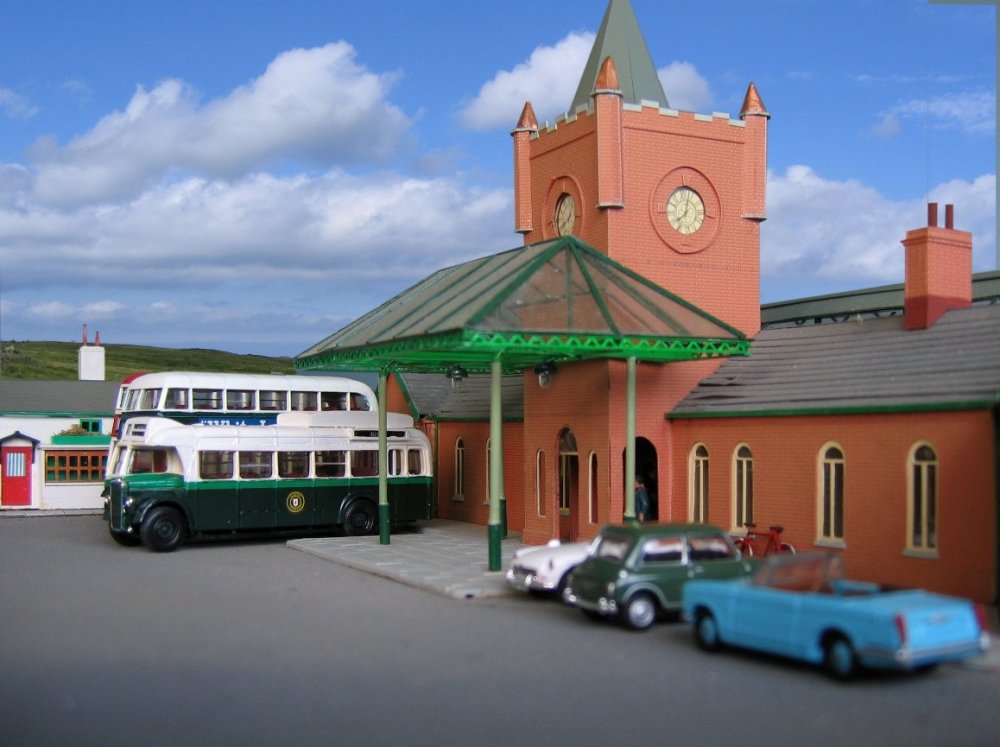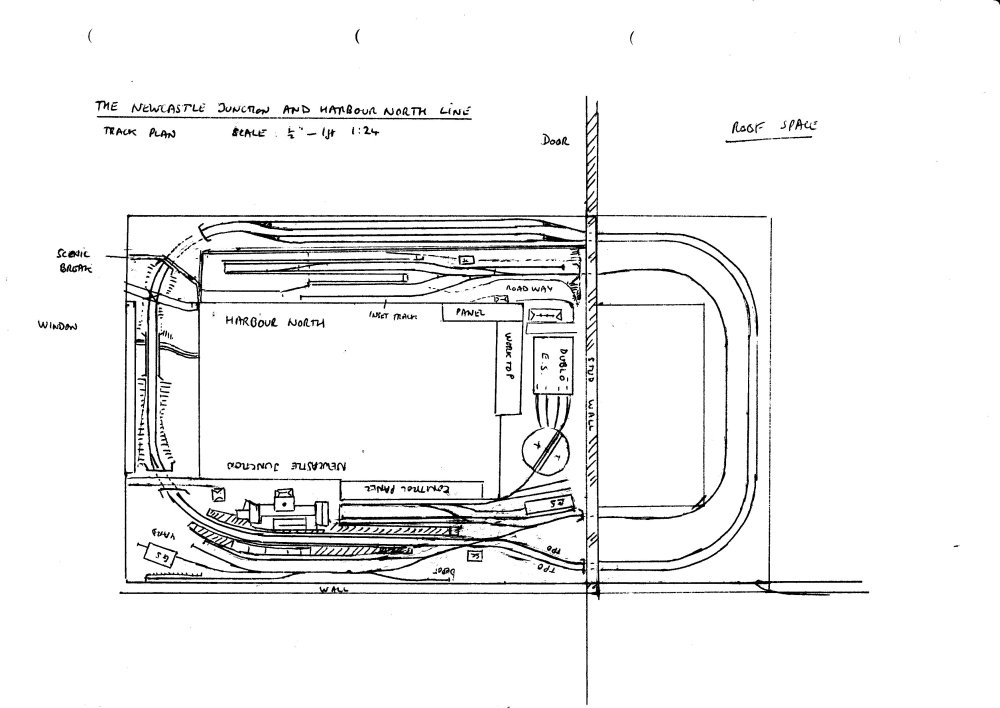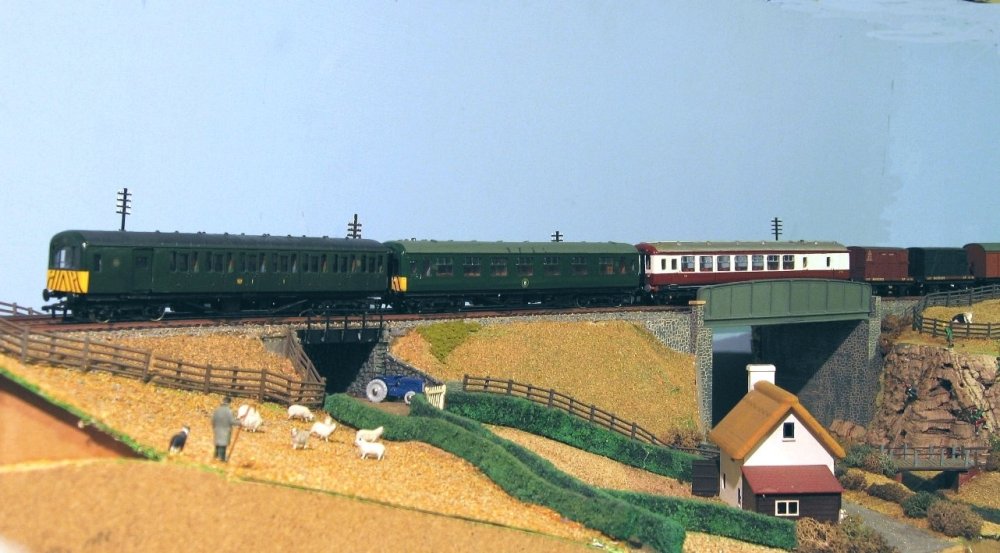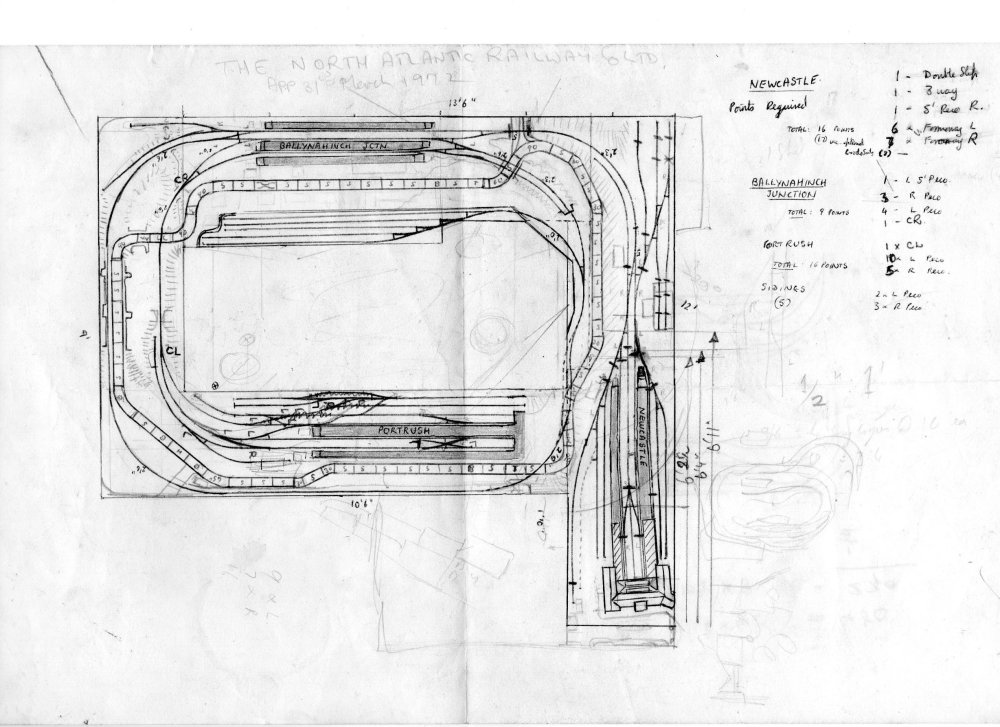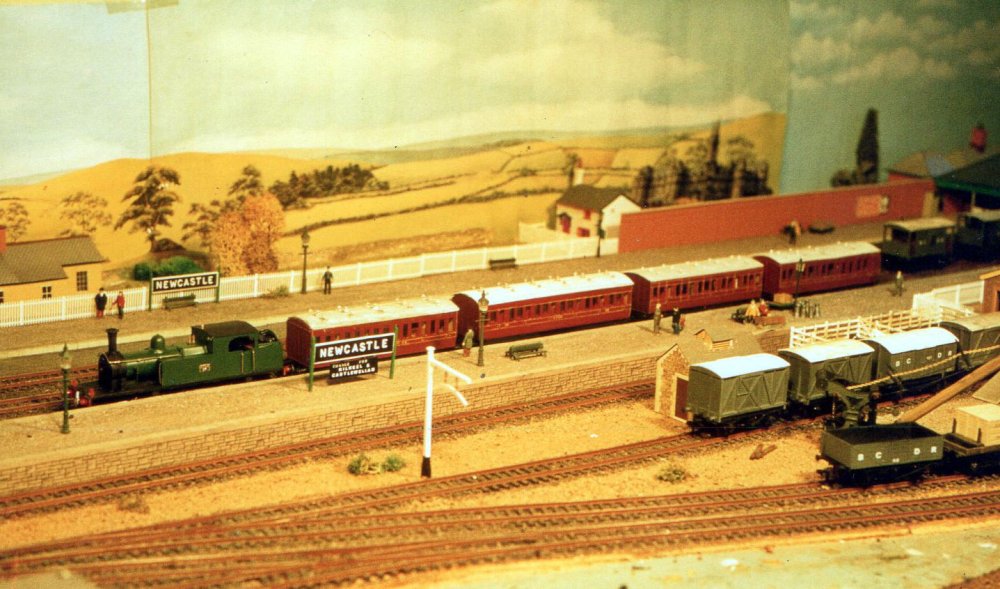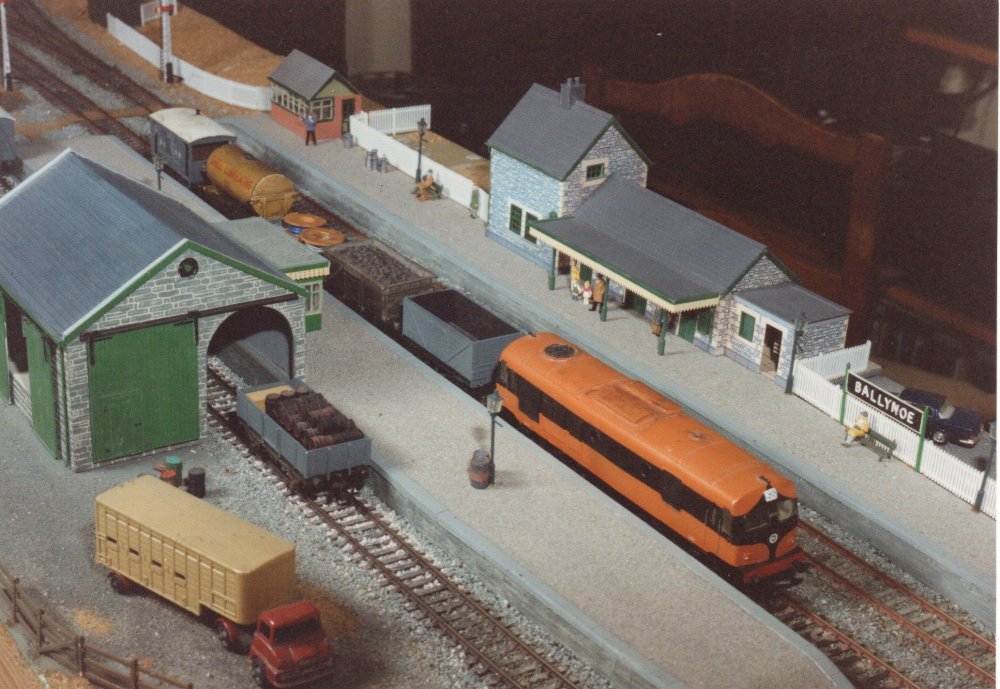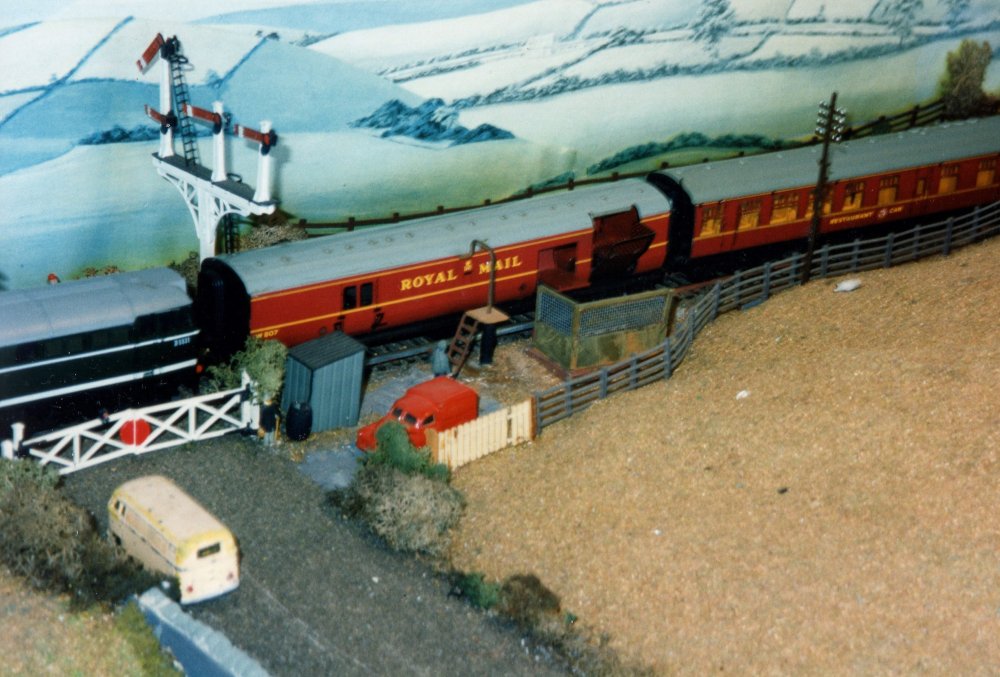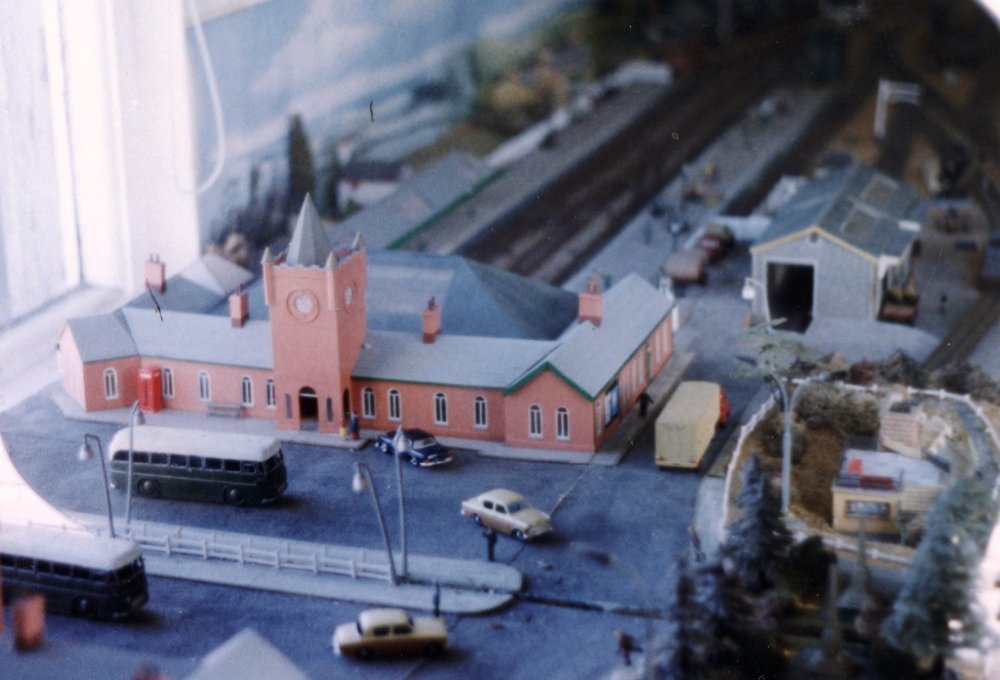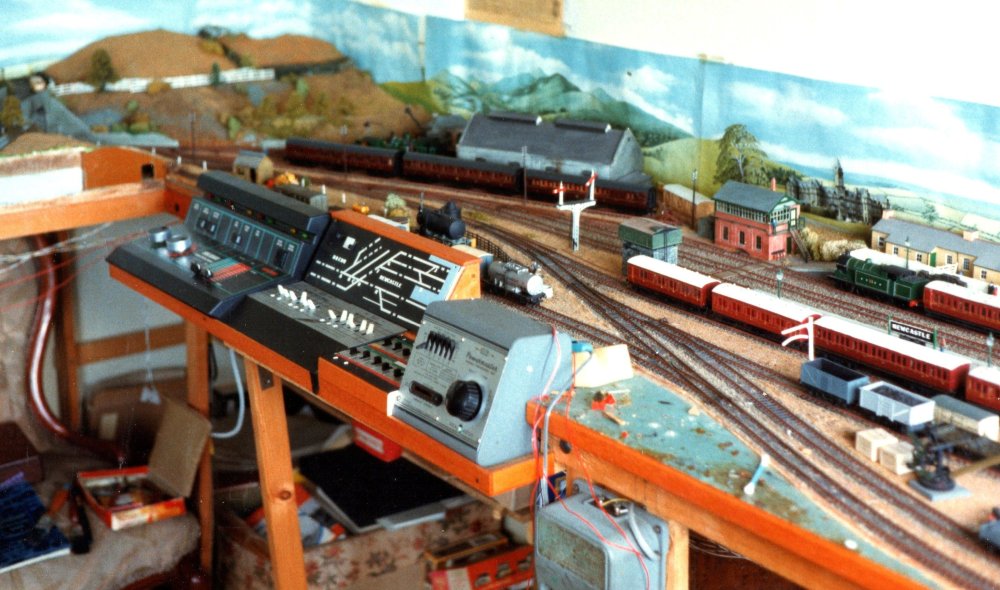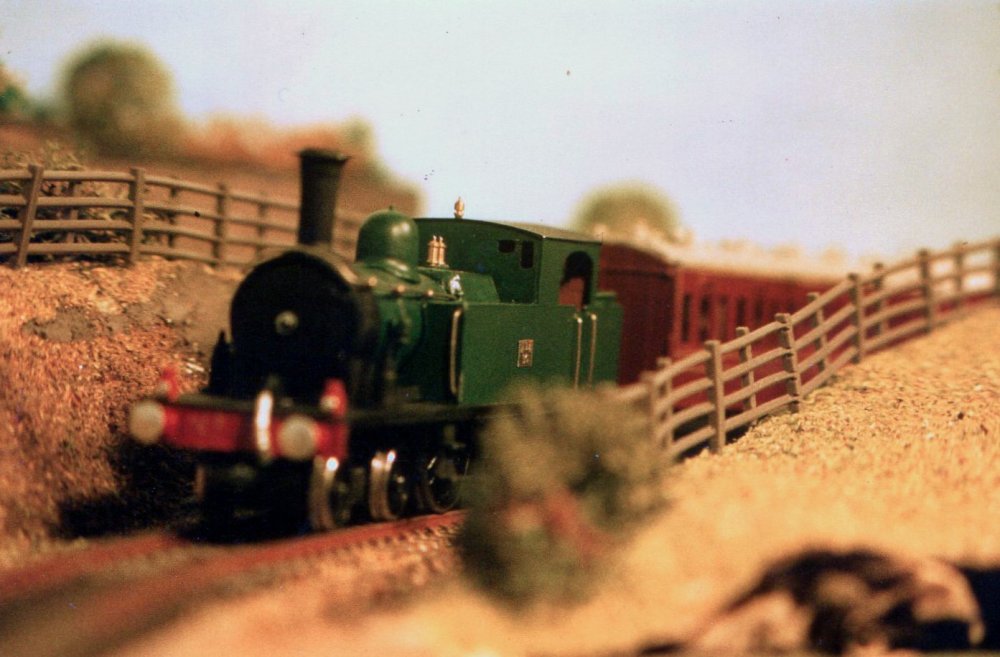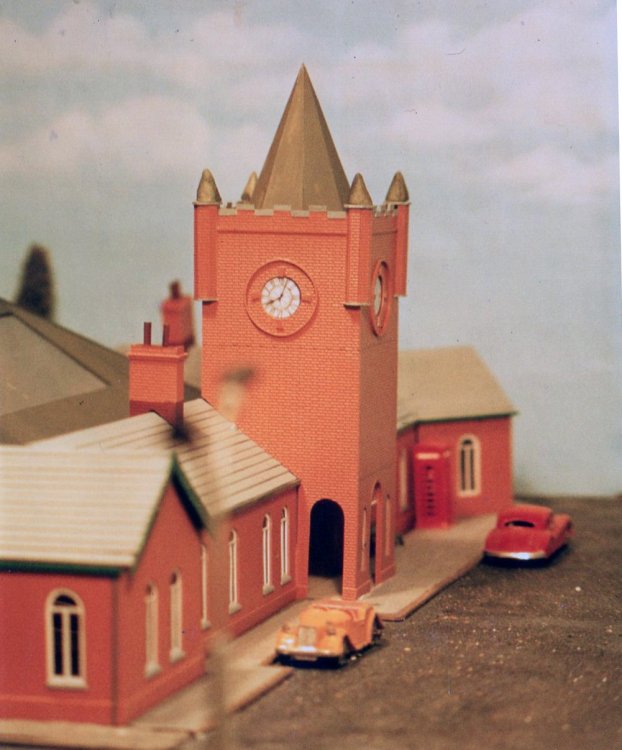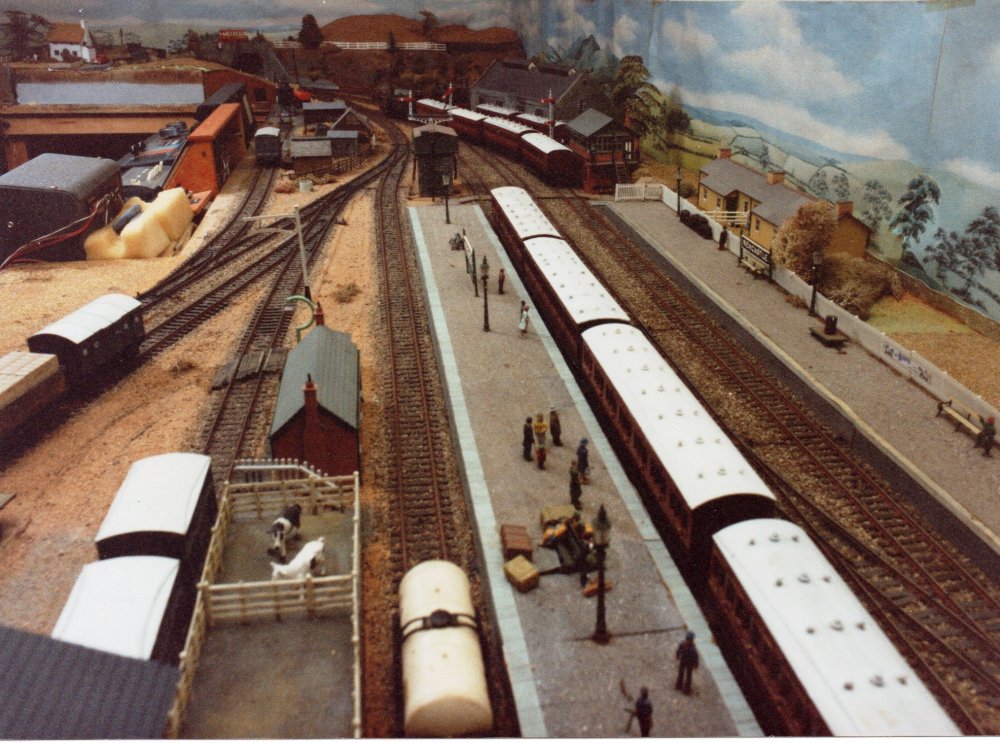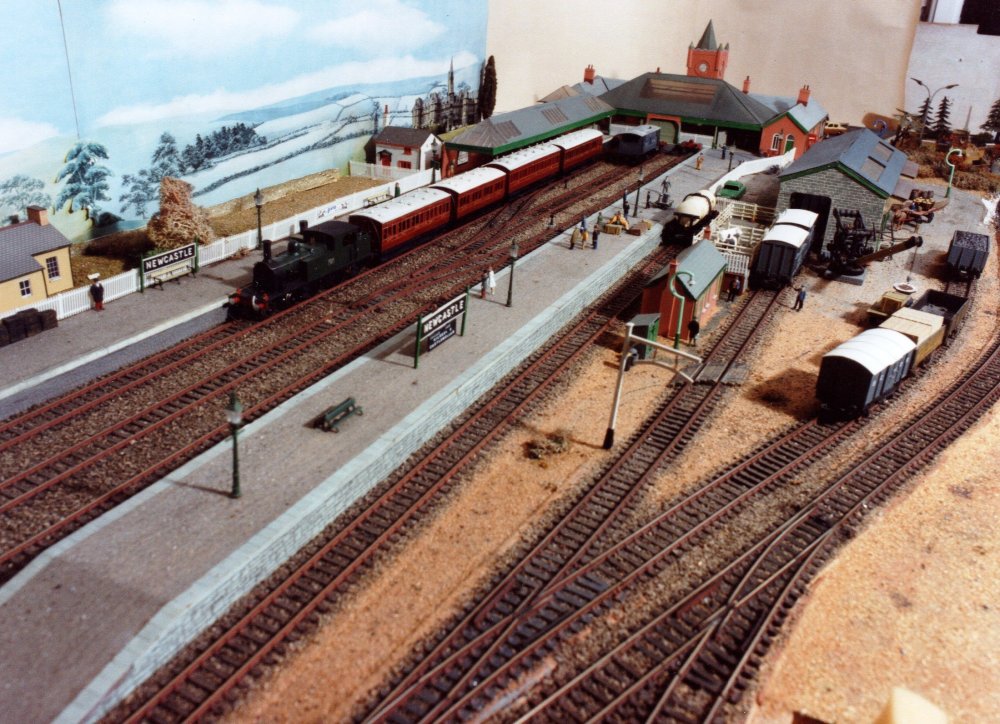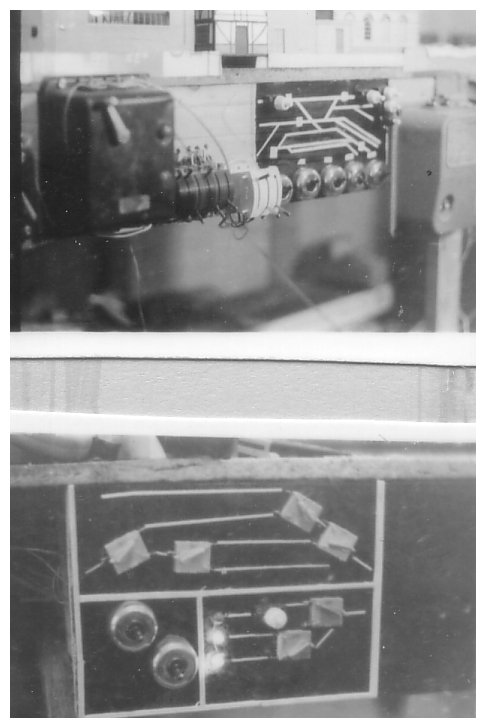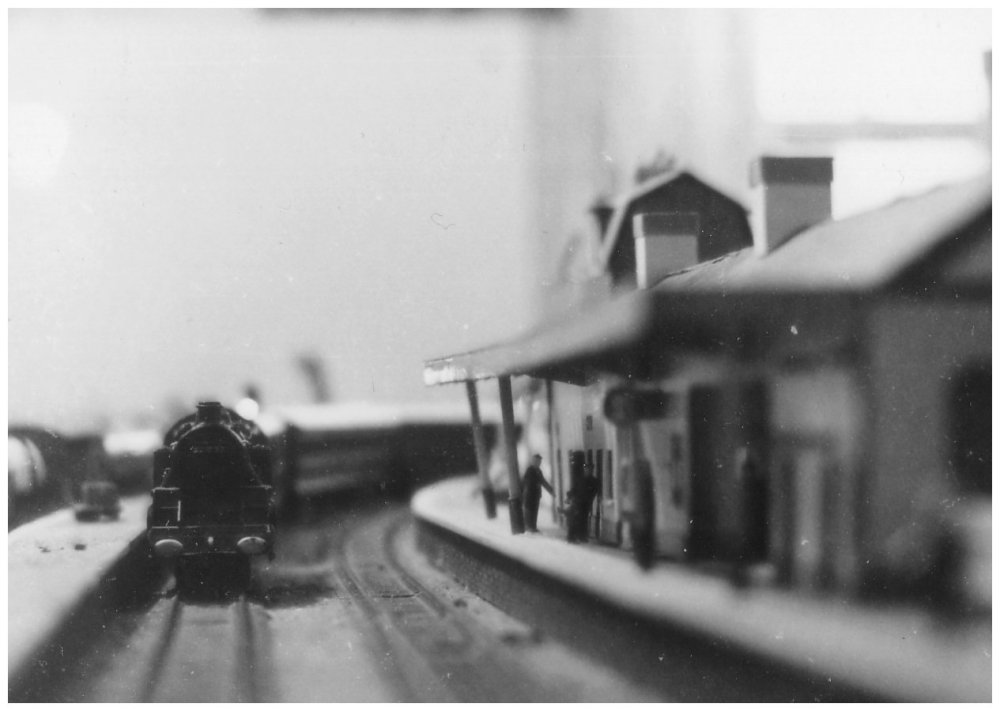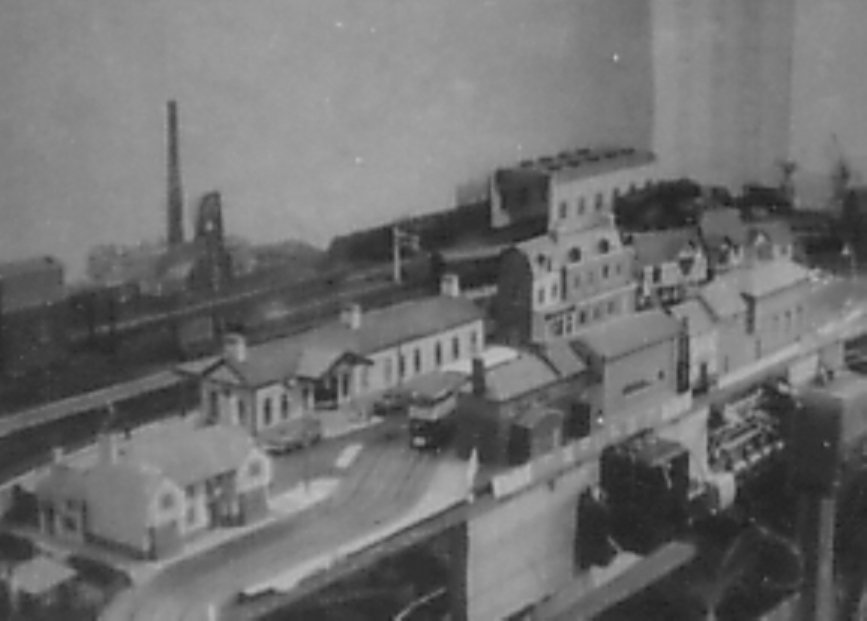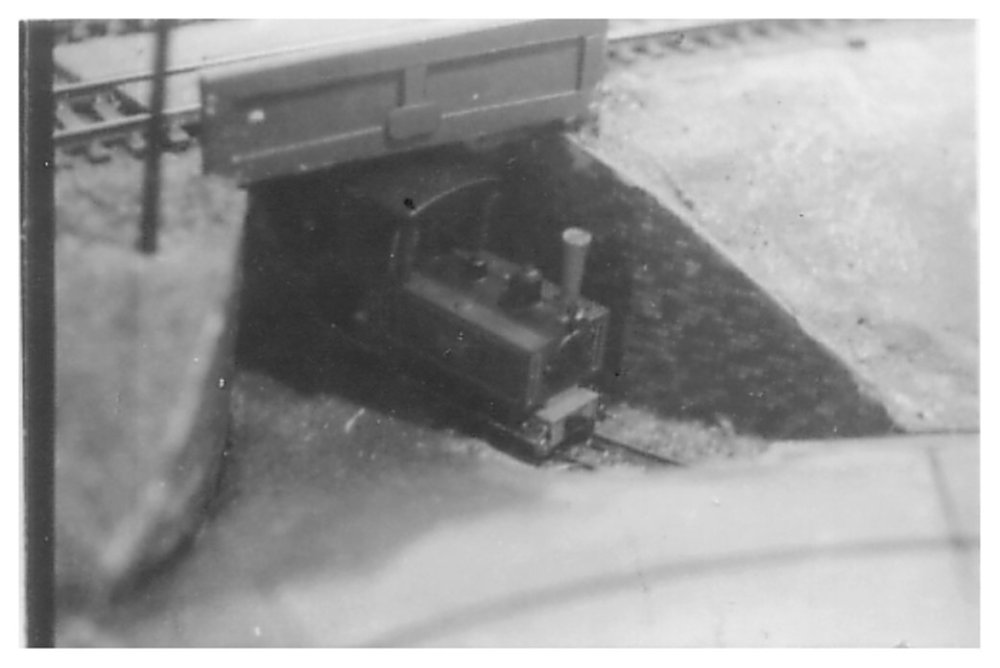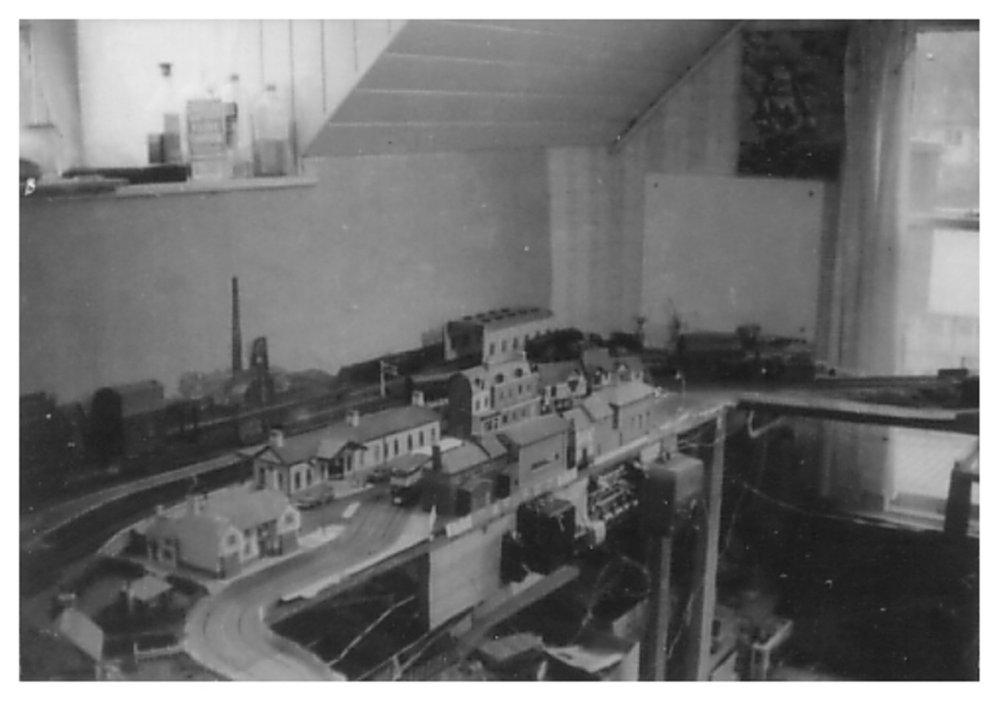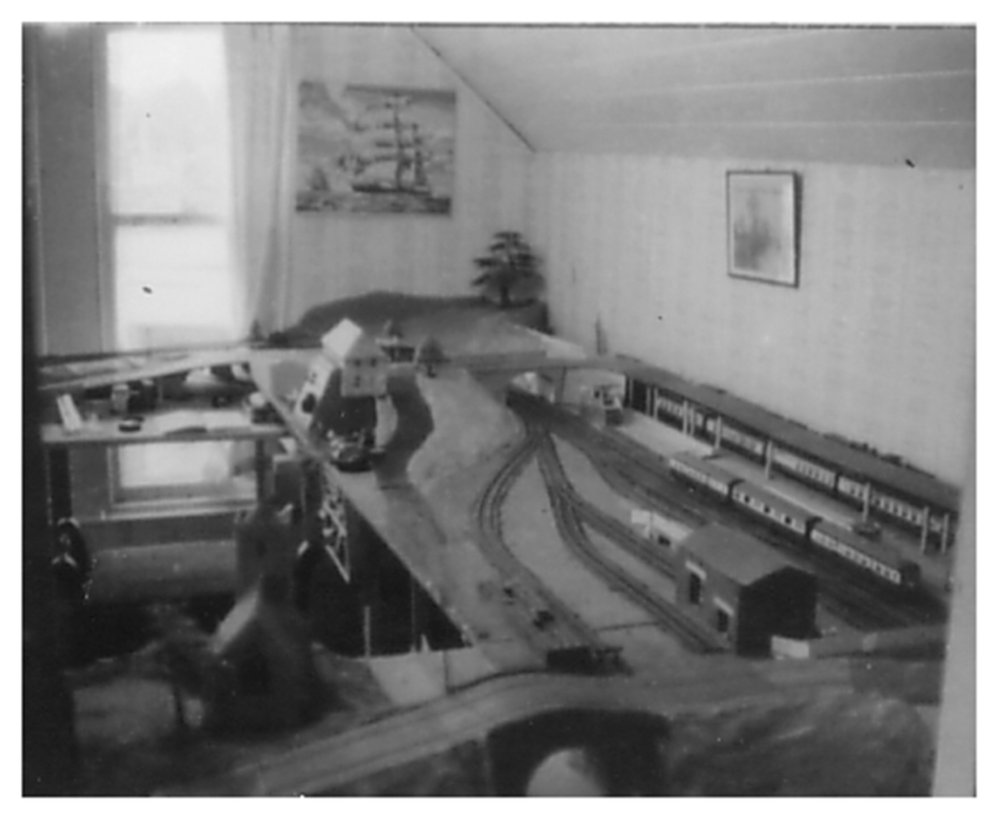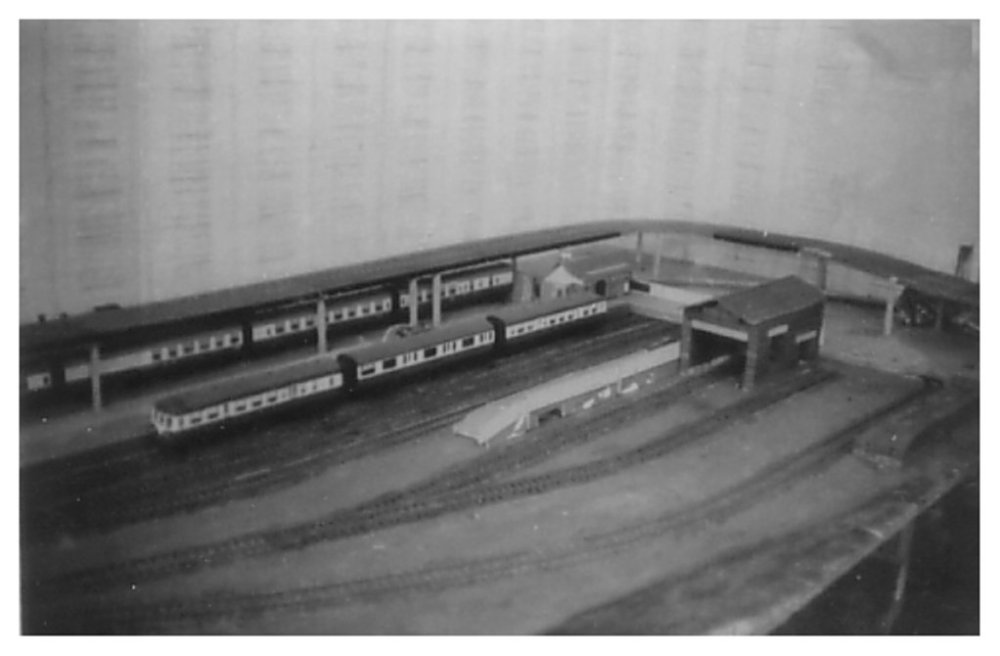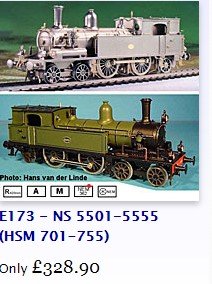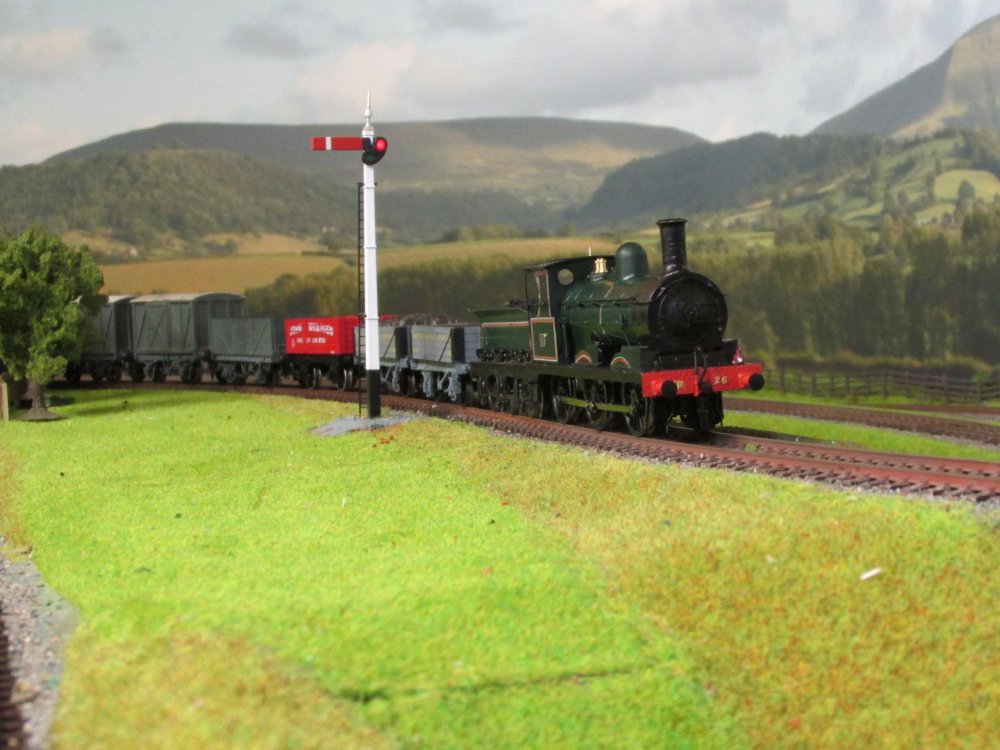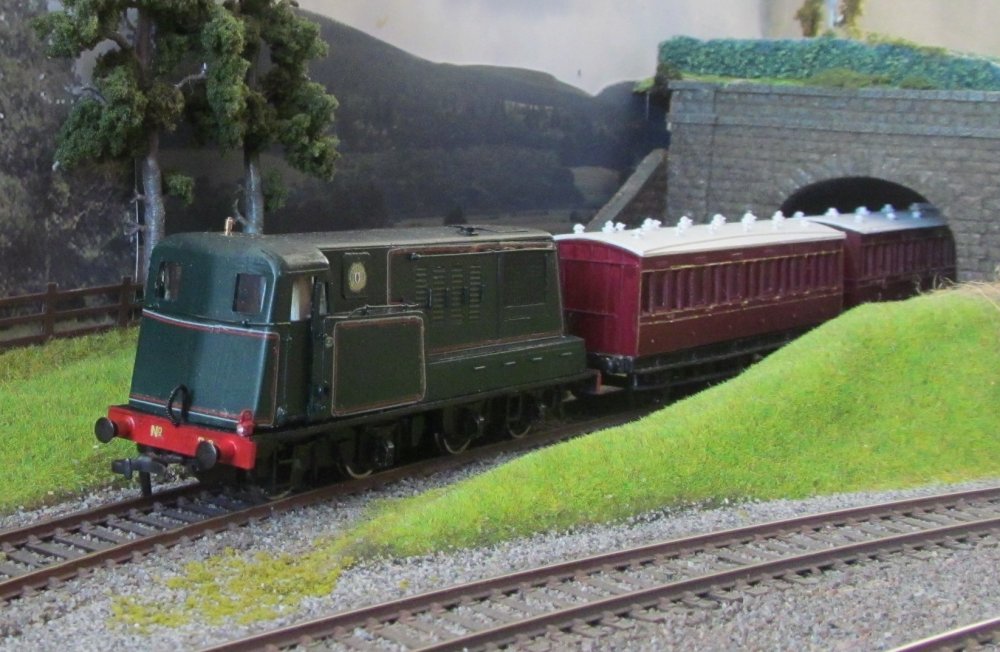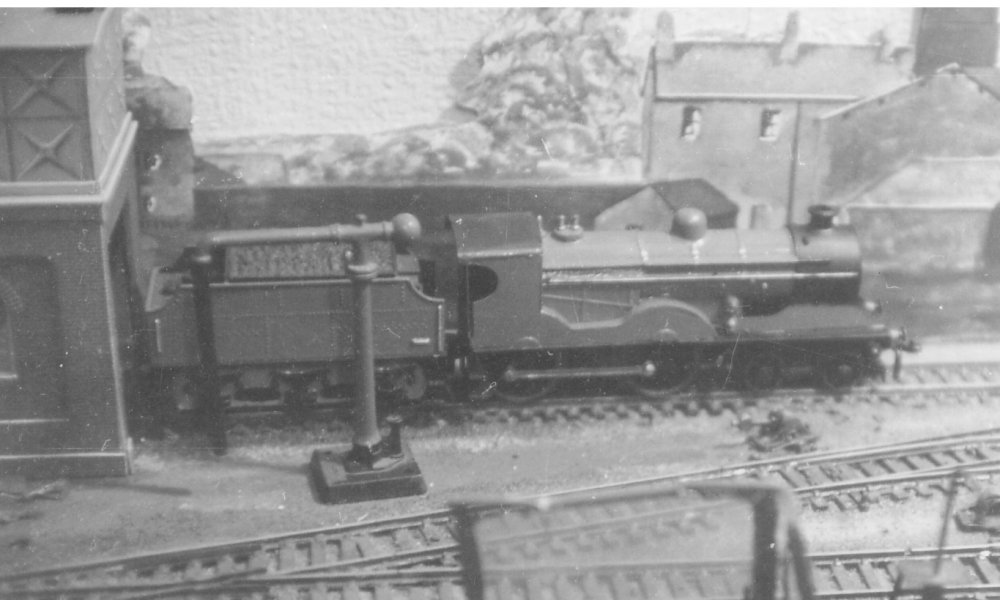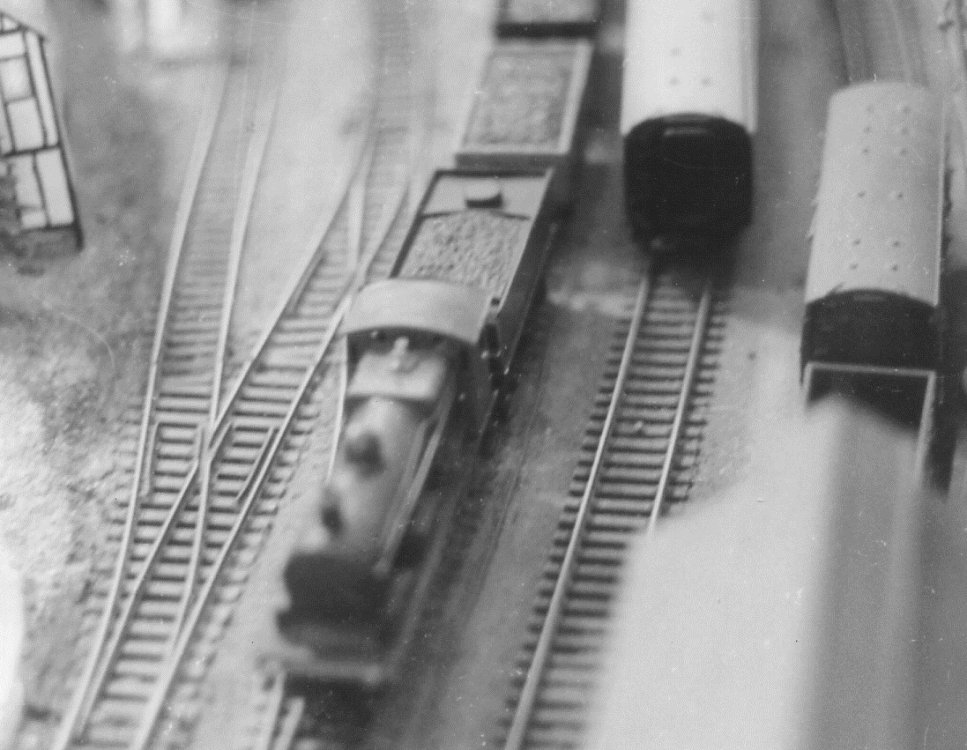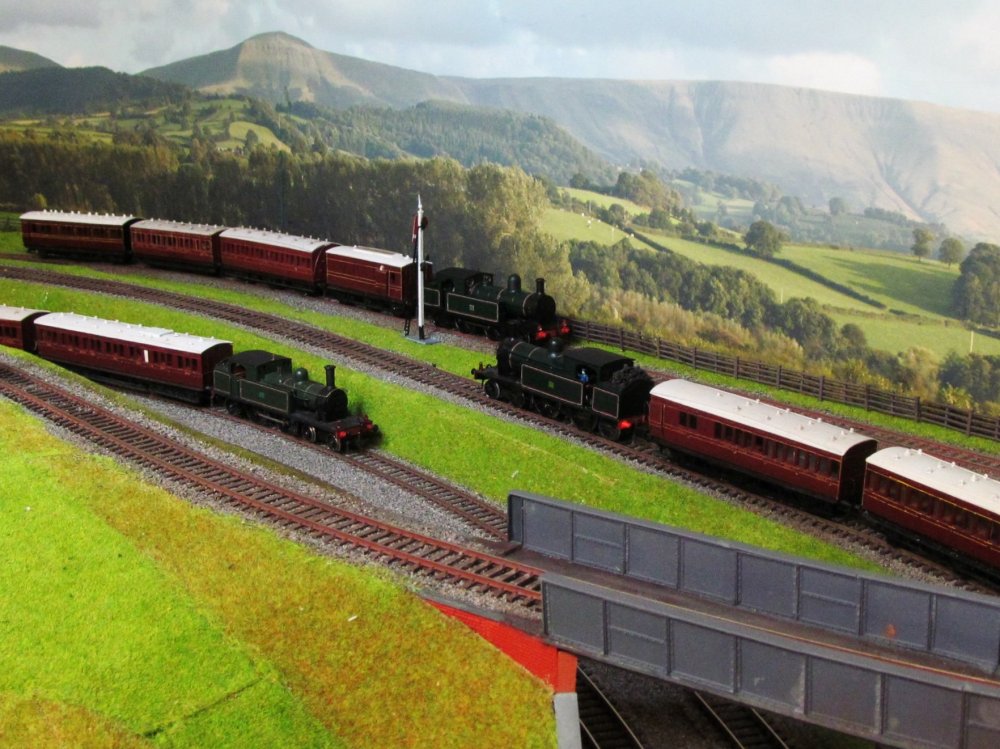
colmflanagan
Members-
Posts
60 -
Joined
-
Last visited
Recent Profile Visitors
The recent visitors block is disabled and is not being shown to other users.
colmflanagan's Achievements
-
It's been a while since I posted anything here, and this project began way back in 2020 when i got side etches for UTA railcars 6&7. these two were the final UTA "experimental" diesel railcars, into service in 1951 and survived in operation until the mid sixties. They provided a kind of "test bed" for the dieselization of the Bangor line . In service they were very successful though looking at plans shows many seats crammed in! They are converted (as most were) from exLMS coaches, and retained their panelling. I already have models of Nos1,4, and 5, MEds and MPDs so this set completes my stud of UTA railcars. Anyway, they use Allen Doherty etched sides based on Mainline/Dapol LMS coaches; I've modelled them in late condition with all the engines etc exposed. Power is a Tenshodo "spud" bogie; not entirely successful, unfortunately - it just does not like some crossovers on my railway, and freezes occasionally. They are no longer made-I have a suspicion that somehow this one was left on a shelf, or maybe even was a return, which I bought when everyone had forgotten it was faulty...! But for now it stays. The roofs still need attached properly, but I haven't figured that out yet. I could glue them, but then could not access the motor bogie, as I think I will need to. And yes, I know they are a bit "narrow" - the centre window is slightly wider than mine, but I used a modified BR railcar front end which looks better than anything I could do myself. Anyway, nothings perfect. But at least I have made them, after some years delay.. Colm Flanagan
- 7 replies
-
- 18
-

-

-
Newcastle Junction and Harbour North 1998- 2006
colmflanagan replied to colmflanagan's topic in Irish Models
I came across a couple more pics of this layout; Harbour North trackside view towards the buffers; The Hornby Dublo engine shed; sadly no room for it on any subsequent layouts. And finally, I did get the glass canopy over the main entrance built; and some buses as well. I also did some photoshop bakgrounds -can't remember how .... The building was donated to the Downpatrick Railway in 2008; It was put on display for a while in their museum upstairs in the station building, but i think it is now in store. The plastic card will be pretty brittle by now. -
Hi All, I promised I'd put future layouts in this forum, rather than in the "models" topic. I boobed - the above mentioned layout isn't here as it should have been. I'd forgotten I created it in the models forum so that's where it went! I don't know how to change an item across so, myapologies. Colm
-
- 1
-

-
THE NEWCASTLE JUNCTION AND HARBOUR NORTH RAILWAY NOTE This article was originally published in BRM in 2004, I have altered it here and there to read better and to remove or edit background history and so forth, which have already been included in previous layout postings. This layout was No 3 of my “finished” project layouts, and was planned while I still was running the “Newcastle Line” about 1998. But that layout had been on the go since 1975, and it was time to move on. No other layout of mine has lasted as long as that. . I decided some years earlier not to opt for 21mm track (Irish railways run on a gauge of 5’3”) but to use standard 00 track, because even then I had no intention of storing or selling my beloved Dublo trains –indeed there’s the odd acquisition still happening. As a result all my layouts use Code 100 track. I did experiment on another layout laid with Code 75, and it was hit and miss for Dublo stuff, some seemed OK, others definitely not. I had realized that I really did want to be able to run trains continuously – maybe it’s just the child in me still! I also think that most locos seem to run the better when they can be given an occasional extended run and the odd burst of high speed. Well, that’s my theory and I’m sticking to it. To give a decent length of run, siding lengths etc., and add scenic interest I was able to make holes in a stud wall, which separates the railway room from a roof space, and run bare boards through to allow the lines to curve around “out of sight”. I decided against any point work in there, and derailments were thankfully very rare as a result. The main station on the layout was “Newcastle Junction.” It had two through platforms and a bay for the Harbour line, along with a smallish goods yard and a locomotive depot with an electrically operated turntable. This was an item I’d always promised myself. The Peco kit provided the basis with a battery driven motor and Meccano gears – it generally worked well although I discovered one problem. It’s probably just my engineering skills (or lack of them) which can lead to the situation where heavy engines sometimes seem to cause the gears to lose mesh and the thing just sits there whirring aimlessly. I chose a battery operation rather than divert power from a main controller, and found that with the low gearing and a two-speed switch there’s no problem with alignment though you do have to be quite “quick on the trigger”. Beyond the turntable there was a four road Dublo shed and this was the “toy” section of the layout where I’ve made no attempt to ballast or paint track. The goods yard at Newcastle central. No 2 use of Balllynoe gods shed. T Quite an assortment of locos on shed, including a "W" class Mogul -taken in 2006. At Newcastle Junction station I re-used the original model station building, signal box and goods shed from the previous Newcastle layout. The station building itself had to be significantly altered to fit its new role as a through station. – the side wings were originally much longer. These had been built of plasticard, quite a few years before and I found that with time it can become quite brittle, so I had to be careful when cutting or altering. All these buildings and the semaphore signals were based on those used by the Belfast & County Down Railway. I had decided that a “harbour” station would be an ideal second station. This allowed all kinds of trains to be run without looking silly. As a child my parents often took me to Scotland for holidays and we would travel via Larne and catch the ferry to Stranraer. I can remember summer evenings standing with my long-suffering mother at Stranraer Harbour station watching the evening trains leave. A green diesel multiple unit was first for Glasgow, then the highlight of the evening, the London bound “Night Paddy” as it was known, headed by a BR Standard “Clan” class locomotive and a long line of red carriages including sleeping cars. Sadly today all this has gone from the real thing; Larne remains railway connected but it’s a bus transfer from Cairnryan port to Ayr. "Harbouir North" (aka Stranraer!) cabin! The car area at Harbour Borth On my layout, of course, “Boat” trains were still very much a feature. They were pulled by anything up to the largest express steam and diesel locos while on the other extreme I had the latest liveried Class 156 DMUs. I think model DMUs have their own charm provided they run smoothly and have decent underframe detail– I can allow a bit of leeway with a steam type model, as at least you’ve got coupling rods and valve gear etc., to watch, but if all you see is an apparently unattached carriage wobbling jerkily and/or noisily along the track then it just looks a bit sad. I fitted some of my Lima 156 sets with the Hurst Models underframe kit which transforms the look of these models; I think they are still in business though haven’t looked for a while. I also fitted some extra seats inside, Lima clearly allowed very generous clearances which I can tighten as 2foot radius curves are my minimum. The name “Harbour North” was finally chosen after I’d tried out all kinds of others - I liked the sound of it. (I am in Northern Ireland after all), it allowed me to run pretty well any stock –Irish or British – that I wanted. As well as the Northern Irish stock (of which more later) I also enjoy running Scottish Region stuff from the 60’s to present day. The buildings at Harbour North weren’t based on any particular prototype but have features common to many – and I always fancied having the excuse to build an overall “glass” roof. The signal box here, originally a heavily chopped Airfix/Dapol kit, was replaced by a model of Stranraer Harbour cabin, in pre 1984 form, when it re-clad in yellow brick. There was nothing special about the track used, Peco Streamline 100 with live frog points throughout. I ballasted it using a system which worked well for me, of carefully getting a section of track section or pointwork pre-aligned, then spreading neat PVA (or Copydex) glue on the cork base, laying the track and pinning quickly, then simply sprinkling the ballast before the glue dries off. The main advantage of this is speed and generally I find that you get less ballast in the pointwork –it’s easily vacuumed up. And of course the pins can always be removed later. The downside is you need to be quick! The layout had cab control and each section may be controlled by any one of three controllers (with a fourth local one available at Harbour North). I still use an old 60’s H&M Powermaster – what a terrific product they were. After some discussion and a trial I used On Track controllers for the other two main ones, the Pro version gives a good output of 3 amps –very desirable for older or stiffer locomotives pulling heavy trains, where a 1-amp output just isn’t sufficient! I also prefer a controller with a knob control, which turns in the direction of travel rather than a separate reversing switch. On Track no longer make controllers but occasionally these pop up on ebay. Some old Hornby Dublo switches were used for various layout features such as section switches and points at the harbour, and some colour light signals. Newcastle panel used the probe and stud method, which also works well. Hidden point motors operated all points except for a few in the loco shed area. Most buildings were fitted with interior detail and lit, and I have even got a rake of Hornby Dublo coaches fitted with battery powered LEDs, which look very realistic; they remain on at a constant brightness. However, over time the very fine wire linking the coaches (they were powered from a luggage van and two AAA cells) began to chafe and break away. I’ve got a large loco and carriage/wagon stock – after so many years that’s not surprising. Most of it is R-T-R, some of which have been modified to represent Northern Ireland prototypes, this came about by a happy convergence of two things – the first Model Railway Day at Cultra transport museum in November 2002 and the writing of my book “Diesel Dawn”., published in in 2003. While working on the book I began to think that it would be nice to have a few models of the much maligned Multi Purpose Railcars, which deserved to be remembered at least in model form. I converted two or three using Black Beetle power bogies and Hornby LMS coaches, echoing some of the thinking behind the real things. I then decided it was time to have a go at a steam loco and the first Class WT “Jeep” model of No10 was made from a Hornby Fowler tank. Ian Sinclair, who ran the model railway day, asked if I’d like to get involved; he had a small Highland diorama type layout and the UTA stuff would look OK on it. I hastily painted a couple of old Graham Farish coaches into UTA livery and ran these. It was such an enjoyable experience that Ian and I decided to enlarge it and hence the exhibition layout “Killagan” which some of you may remember, was born and first showed to the public in 2004. class WT No 10 on turntable - the first fo many such conversions; the only one to use the older Hornby chassis. 3 MPDs pulling a goods train on the NJ railway; the picture was inspired by a shot taken by Richard Whitford, who provided me with some superb pictures for "Diesel Dawn" Stock in these years was, where possible, fitted with the Peco style coupling (thankfully still in production). I grew up with this and still think it superior, all things being equal, to the hook and bar type. It still looks more prototypical, though the latest variants of hook and bar are certainly more unobtrusive than before. I’ve actually found a way to use the Peco coupling in NEM sockets which I got from a fellow Peco lover! As I’ve already said, I have concentrated recently on Scottish Region stock (which I still have in 2021!) but will basically buy and run anything I fancy. As far as I’m concerned that is one of the great pleasures of this hobby. Colm for BRM 2004/re-edited 2021
- 4 replies
-
- 11
-

-

-

-
“THE NEWCASTLE LINE” My second home layout was entitled “The Newcastle Line”. I began work on it after I moved back to my home village of Ballywalter in 1975. The previous few years had been spent at university and during holidays I stayed with relatives, so there was no scope for much railway modelling after the dismantling of the previous layout in 1972. A slight diversion – I had two “railway” friends, Edmund Calvert-Harrison and Alan Franks during this time and the three of us planned and began work on a joint layout in Banger, where Alan lived. He was a County Down man (he actually worked on NIR at Belfast Queen’s Quay for a time), Edmund was an “LMS/NCC man”- he provided illustrations and plans for the volumes written by NCC historian JRL Currie. I had some interest in both railways and we devised a layout which incorporated a terminus at “Newcastle/Bangor”(Alan) , a junction station which would be “Ballynahinch Junction”(me) and another terminus (Portrush –Edmund) inside the continuous run which had some lower level storage sidings in front of Ballynahinch. Quite a lot of track was laid and I brought some bits from my stored railway, including track and stock, but then after a year or two in 1974 the three of us scattered due to work and other commitments and I recovered some of my “bits”. The plan also continued a Minic motorway (guess whose?): I attach it below; I still think it might be a good plan for a reasonably sized 00 railway –minimum curve was 2 ft/600mm. see below. What I designed for myself soon after, was in my bedroom at Ballywalter. It was an L shaped single track point to point, with a terminus based on Newcastle as close as I could get it. I particularly wanted to model the station buildings which had always intrigued me. The initial boards were screwed to walls and floor. –it was a permanent structure from Day 1. I owe a lot to the inspiration of Peter Denny’s famous “Buckingham Branch”, which featured in Railway Modeller and other magazines from about the late 1950s to the 70s. I would still aspire to his standards After a bit of thought I built a removal section across a bed and then used a foot wide board along the large window in the room for the “fiddle yard”. The section over the bed later became “Ballynoe”, a small passing station on the Ardglass line just a few miles from Downpatrick. This increased operating potential, though Ballynoe on my layout ended up as a junction with access to storage sidings and a continuous run (see later)! Newcastle with train due to depart (taken c1985); I still have al the stock shown here, and cottages,loading gauge, crane are still in use some 35 years on! a view towards teh station building; modified Superquick goods shed (stone plasticard); the road ont eh far right connected to teh storage sidings. Looking from the Tower as a train departs. My stock was a mixture of various r-t-r models and a few of my early Northern Ireland items, such as BCDR No 4, and exGNR No 171, a model of the RPSI’s “S” class loco then running in preservation. I converted a Tri-ang Southern L1 class 4-4-0 to look quite reasonably like the GNR engine –but never got round to actually lining it and numbering etc…it had to wait a long time. I’d a Hornby Dublo 2-6-4 tank engines but never converted it to a Jeep, although a Dublo LNER N2 0-62 tank got repaintedfor a while in BCDR colours and numbered “32”!! The 4/4/2 tank which features is a heavily bodged old K’s “Adams Radial” kit –it still runs well today even though I had to remotor it about twenty years ago – I worked on it in the early 1980s if memory serves me right. It was some years before I took the plunge and lined it and got a number plate made! . The BCDR used lower quadrant signals on lattice posts – a combination not used on any major mainland railway as far as I know. So a mixture of LNER lattice posts and LNWR arms sufficed. The 0/6/0 tank on shed is fancifully numbered “31” – the County Down never had more than 30 engines. But a new cab on an old Hornby Dublo (again!) made a small 0-6-0 BCDR tank look quite feasible; it’s about the same size as a class of BCDR 0-4-2s and still makes the odd appearance in 2021. I visited Newcastle and as a result built the station buildings, with it’s big clocktower (It still remain to this day). The model structure was scratch built from plasticard, my first major effort with this medium, and I was very pleased with the result. With its tower and spire, it’s a wonderful example of late Victorian over the top enthusiasm and confidence. The station actually remained open for rail traffic some five years after the BCDR closed. This unusual state of affairs came about because another railway, the Great Northern (Ireland) also had running powers into the station and their line remained open until 1955. My model wasn’t totally to scale (you can’t really do it –Newcastle was a right sprawl of a place), but I did think it captured much of the look of the station. The real engine shed was smaller and there was no bay platform – but I liked the Superquick models and used them for engine shed and goods shed. I had vague plans to replace them but that never happened. a The pic on left is taken through a mirror! You couldn't physically see from this angle unless you were a spider or fly! For the first time, i had a "designed" control panel, with cab control (DC); the old H&M "powermaster" is still working, the flashy new H&M3000 (left) was much less reliable and gave up after about 10 years.. I began converting various 6 wheel coaches into the eighties and soon had a reasonable BCDR train –if you didn’t look too closely. The firm “Ks” in those did a six wheel GWR passenger van which had a very good chassis when teamed up with ratio GWR 4 wheel coach bodies. I later built Ballynoe and it came out well, though my plans to replace the station buildings (Peco) with a “proper “one never happened. I did build the goods shed and it has survived to do service at Ardglass on my current layout. One purchase in the early eighties was a Q kits “A” class – they made one with power bogie supplied and I got this; I painted it in CIE “Supertrain” livery ( current at the time) and numbered 059. It lacked pulling power-it was basically a resin but I still think it looks presentable despite recent competition!. Of course, it never pulled local goods trains on the Ardglass line! A rake of Lima Mk2s were going to become an NIR train but that never happened. Eventually by means of a a tight descending curve on the end of one storage road, which then was joined to a goods yard road at Newcastle, I managed to provide a continuous run of sorts. I enjoyed running round this “loop”, and also experimented with “timetable working” using a slowed up clock which appears in one picture! It was good fun. Of course, my Hornby Dublo is there, and with a working TPO too! I drafted an article and got a friend with a decent camera to take some pics but it was never published: I’ve drawn a bit of the info for this piece. Warkbench, parish church, and level crossing - the "scenic" section. Round about 1996-7, I decided that maybe it was time to retire “Newcastle” and design something with a bit more operational and scenic potential. I wanted to retain the Newcastle the station buildings and began planning. As I lived (by now) on my own, I decided to run some tracks through a roofspace just behind the top room. This would affectively allow me an extra 3 feet for the layout, and make possible some refinements. I wanted a double track continuous main line and a branch inside it (sound familiar?) So, the Newcastle Line was dismantled and new boards built for the middle of the room, now designated solely as the railway room! That will be the third layout in my brief histories – coming soon-ish..
- 1 reply
-
- 15
-

-

-
The "Lisnamore & Ballynahinch LIne" 1968-72
colmflanagan replied to colmflanagan's topic in Irish Models
PS Have just realized this should be by rights be in the "Irish model layouts" forum so future stuff about layouts will be posted there! Colm -
The “Lisnamore and Ballynahinch Railway” by Colm Flanagan 1968 – 1972 I’ve been seriously into railway modeller since about 1961 when I sold all my Hornby Dublo 3 rail because it wasn’t realistic enough! My first efforts were a bit “hit & miss”, mostly the latter, but I began to gather some decent rolling stock and began working with Peco Streamline track (as it was called then). As my skills increased and I began to know how to set realistic goals, I began to photograph the layouts I built. Beginning with this one. This was actually my second “permanent” layout and was occasioned by my parents emigrating to South Africa in 1967. Until this time I had been working on a quite large L shaped layout measuring some 15’ long by 8’ down the “L”. I had really bitten off more than I could chew and this was never anywhere near finished, while ideas of building a more ambitious two level layout on a 8x5 board inspired by a layout in “60 Plans for Small Railways” never got beyond the planning stage. For various reasons I did not accompany my parents to South Africa to live, but moved in with my grandparents who lived nearby. A small back room in their house measuring 8’ by 10’ was “spare” and so I designed and built the “Lisnamore and Ballynahinch” Railway there. The pictures were taken with a little brownie camera so the quality is not great. This layout was a single track continuous run, with a junction station, and a single track branch inside leading to what was to be a terminus station based on Ballynahinch (BCDR). there were some storage sidings under what was to be Ballynahinch Station. It also incorporated low and high level storage sidings, the former having a crude form of track circuit; I bent the fishplates of a length of Dublo track and glued a metal strip to the under side; another metal contact was wired to a 12v bulb on the control panel; as a locomotive moved on to the bent up track, its weight pushed down, made contact and the light glowed showing me that the train had reached the end of the siding. Crude but it did work. The problem of access to re-marshal trains, though, meant that I have not perpetuated this idea on more recent layouts! And I discovered that a 1 in 12 gradient (with a curve on the bottom of it) was very restrictive! The junction station which was basically freelance although the station buildings were loosely based on Coleraine in County Londonderry, a station I knew well from having been at school there for 7 years. E There was a working Tri-ang Minic Motorway! And also a 009 narrow gauge line. For this a little Jouef/Playcraft 0-4-0 locomotive (Steatite, if I remember correctly) and a few goods wagons, ran from the goods yard at Lisnamore down to a loop and back again passing under the main line. My current layout has a 009 narrow gauge layout as well as the standard gauge, I must do a wee history of that one too..sometime! Much of the stock was standard Hornby Dublo but I began to make some “Irish” locomotives and carriages at this time, some of which still run on my present layout, such as BCDR No.4, a goods 0-6-0 based on the Triang MR 3F locomotive. This one is now No 14, as any readers of my BCDR topic will know, But my interest in Northern ireland diesel trains led me to try and MED from a Triang BR DMU. I never completed the Ballynahinch station section beyond basic trackwork, and with the death of my grandmother in 1972 the layout was dismantled, and some of the track and buildings were set up at a friend's house where three of us had planned and began building a joint layout. This only lasted a couple of years as when I returned to the house where I now live, a bigger room became available and I reclaimed much of my stock and began work on a new layout “The Newcastle Line”. But I had a lot of fun building it, and the idea of a continuous run with an inner branch is more or less the same as my present layout.
- 3 replies
-
- 12
-

-

-
The Dutch also had 4-4-2 tanks which look very like the BCDR ones, apart from a lot of "extras". DJH made a kit for this years ago and I seriously considered buying one; it would be in H0, of course, but they were, I think, slightly bigger engines (6' drivers instead of 5'6"). But in the end I bottled out. A quick look at their website, though tells me they are still both available though by special order and a lot to pay to butcher something...still, the chassis on the Baltic looks pretty close - Colm £385.00 olm
-
Donaghadee was only 8 miles from where I was brought up, but I was born too late to see the trains, it was occupied by buses! Sort of on this theme, some pics of my latest creation, BCDR No 26; I always liked this little engine when i got a stack of BCDR pictures from a firm in GB in the late 1960's. My model is a chop job (they all are!!) - Bachmann SECR "C" class providing the loco itself, with alterations and additions. This one's been on my "to do" list since 2013! The biggest setback with we bodgers is that no-one produces an R-T-R tender that looks anything like the little outside sprung ones which were prolific on the BCDR (and NCC). This one came from a kit firm called Dragon Models in 2013 (I think they supplied it separately from it's Cambrian welsh loco - I saw it on a Railway Modeller featured layout. It looked rather fiddly so I sent it off to get it built for me - part built because you need to paint and line it BEFORE fitting the outside springs!) It needed a fair bit of hacking as i needed to shorten it slightly. Anway she's done now and runs well, so i now have a presesentation of the four BCDR 0-6-0s at time of closure of the line - 4 (10 was identical), 14, and 26. I'd love a 4-6-4 "Baltic" but haven't yet seen anything at all that might be a donor. No 26 on a passenger train, carriage sidings at my main station with Coleraine coaling tower. narrow gauge in foreground is part of the layout also. 26 has a Peco coupling on the tender for my 1980s built BCDR coaches. I need to paint the electrical connection with rail colour... No 14 (old Tri-ang 3F with original tender fearfully hacked!); has been re-wheeled with scale as it leapt in the air on some points (even code 100 ones..) No 4 to left. Bachmann donor loco and Bachmann 3F tender (NOT outside sprung, thank goodness!) 28 lurking on Ardglass shed in the background.. Colm Flanagan
- 26 replies
-
- 14
-

-

-
The BCDR carriages are mostly "bashed" from various Ratio sources, some from the GWR 4 wheelers, shorter ones with a dummy centre axle, others made by fusing two chassis. I used the Midland suburban carriage sides extensively; the one bogie coach in the pictures (centre, behind No 30) is an old Tri-ang (yes, Tri-ang!) clerestory. The small luggage 6 wheeler is scratch built on a Ratio chassis. A couple of the longer ones (behind No 12) run on old Hornby Dublo "fruit van" underframes welded together - not by me, i might add. They are very good runners but as has been stated elsewhere,, Dublo stuff is not free running and the light 4-4-2s can just about cope with the two of them. One 3rd brake a "K's" whitemetal LNWR kit from the 70's. It's also rather heavy. None of the 4-4-2s, except the Bachmann 2/4/4/2 27 (and she spins mightily!) have a chance of pulling these three up a gradient! Colm
-
No 28, the second of the "BCDR" locos (I put it in inverted commas as the BCDR never actually owned it!) did run for a while under the UTA on the LMSNCC lines, before the GNR got it - a photo from 1951 shows the BCDR lining intact if worn, with a UTA "Red Hand". My own 00 model is in this guise; I think it was still owned by Harland & Wolff at the time.
-
I thought this little video i did recently might be of interest, especially perhaps for those who haven't been following it on "another platform." I love building Irish models, but I also love running "trains" of all sorts - If I like it, I run it, and I've a much treasured Hornby Dublo collection too -still setting the pace after 60 years, some of them. Am i really that old....?! Anyway, enjoy counting the wagons. I think it's 103 including brake. Colm
-
Greetings all, It's been a good long time since I posted anything on this forum, but time flies - my main vaguely Northern Irish based layout is "The Ballycrochan Line" it's on RMweb's Irish group., if any of you aren't aware of it, and fancy a look.. My first serious efforts into modelling Irish, was back into the early 1970s when I decided to try and build something from a Belfast &County Down railway ; the result was a modified Tri-ang LMS 3F 0-6-0 into a representation of No 4 on the BCDR. I didn't even line it as I hadn't the skill, or nerve, to "have a go". The photo below is taken on my layout of the day. The second picture was an effort to do No 171 "Slieve Gullion" from a Tri-ang Southern Railway L1 4-4-0, it and as for name plates or transfers, no-one as far as knew, made them in 1971. Believe it or not, I still have both of these though No 4 has become No 14, and 171 is now "Slieve Donard" - both lined with name/numberplates! Anyway, I thought some of you might be interested in a little BCDR get together I had recently on my layout; there are three "BCDR 4-4-2" tanks in the pictures. Spot the differences.. No 30 was built by me from a K's SR Adams radial tank with a largely new body shell. No 12 is essentially a Craftsman kit chassis built by David temple, who advertises in Railway Modeller; I grafted on a plasticard body.; No 27 is the newest, a project I recently built for a friend. It actually isn't a 4-4-2 at all. It's a Bachmann Lancashire & Yorkshire 2-4-2 tank, repainted with a few tweaks to look a it more "County Down". As such we gave it the number 27, which was in fact a BCDR 2-4-2T But the L&Y loco looks more like the 4-4-2Ts, I think. The three locomotives; it may be tricky reading the numberplates; 27 is at the back; No 12 on the right, and No 30 on the left. As No 12 is slightly overlapping No 27, you can't tell if it is a 2-4-2 or a 4-4-2! Anyway, which one is the nearest to the prototype? I leave you to decided for yourself. I have a vague idea of seriously attacking another Bachmann L&Y 2-4-2 loco and actually converting it to a 4-4-2. But thisI will require me to call in some engineering help, as fitting a bogie will be tricky, if the thing is ever to run properly. Colm Flanagan
- 26 replies
-
- 12
-

-

-
Some more details of this day, from Ian Sinclair who's organizing it Model Railway Day takes place on Saturday 10th November in the Railway gallery at the Ulster Folk and Transport Museum, Cultra from 10am - 5pm. The event is organised for the Museum by the Friends of Cultra with support from Ards and North Down Borough Council, P&O Ferries and Peco/Railway Modeller. There will be over 30 layouts and associated exhibits; amongst the Irish layouts will be Andy Cundick's Castlederg (OOn3), the Ulster Model Railway Club's Lisburn (OO gauge), another working model of Lisburn built out of Lego by Ian Marshall and complete with NIR trains, South Dublin Model Railway Society's Kildare Town (OO gauge), William Redpath's Portadown (OO gauge), Curracloe (N gauge) from the Model Railway Society of Ireland, Michael O'Connor's T-Trak Impressions of Ireland (N gauge), Tony Ragg's Stanfording (O gauge) and a display of Irish O gauge locomotives scratch-built by Phil Aspinwall, including a couple of proposed locomotives which were never built. Colm Flanagan :
- 33 replies
-
- 3
-

-
- model railway exhibition
- friends of cultra
-
(and 1 more)
Tagged with:
-
Well, well, that one's a real find! (if you look at the irish group on RM web you'll see why I say that... I think once again, it is Ballyclare Junction, the vehicle is actually an LMSNCC railcar trailer, one of two special lightweight ones they built. I guess 28 was being substituted for a railcar as it did run some local services on the NCC line, both to Antrim (possibly Ballymena) and Larne.
.png.c363cdf5c3fb7955cd92a55eb6dbbae0.png)


